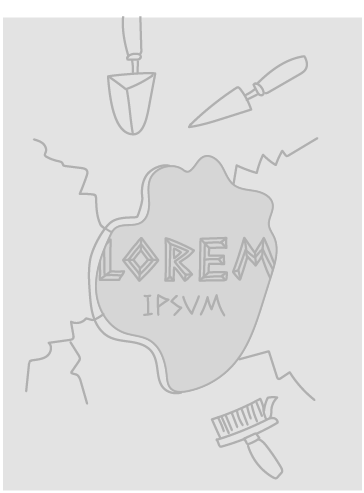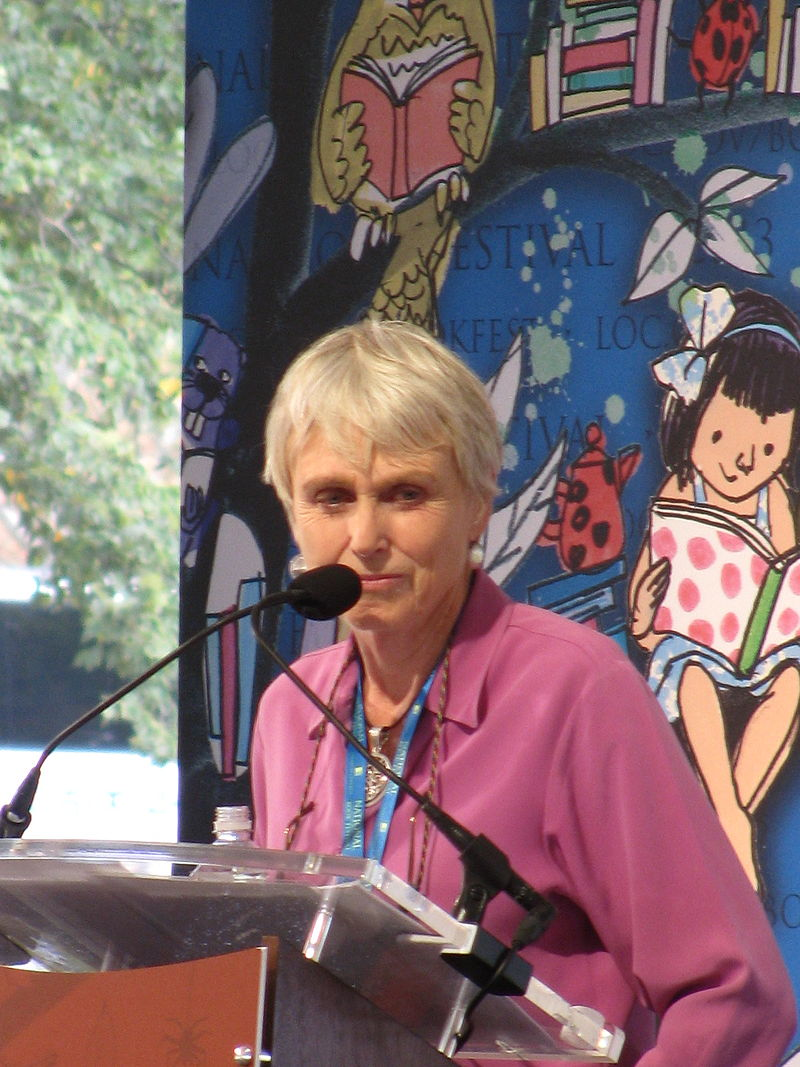In Greenwitch Cooper allows the very conventional literary scaffolding of ‘good against evil’, or in this case ‘Light against Dark’ to frame the narrative, a concept that we find at the foundation of ancient narratives such as Homer’s Iliad, Aeschylus’ Oresteia, and largely all Hellenic heroic myth. While the surface level very much manifests Arthurian and Celtic legend, the foundation lies dominantly in ancient Greek myth and societal practice. The explanation behind this is that Arthurian myth and legend was born directly from a post-Roman era Britain. A newly liberated kingdom of people were creating their own native myth based heavily on the idea of hero and adventure narrative that was known to them from texts such as the Iliad, the Odyssey, and the Aeneid. The particular idea of the Golden age of Britain can be directly correlated to the Golden Age of Rome, and the foundation of Britain lies in the knowledge of this period in antiquity. In this way, Cooper as she states in But Myth Has No Prototype that once the connection is made between antiquity and Arthurian legend, the author’s imagination can take what it wants from here. In consideration of the cult practice at the sanctuary of Heraion of Samos, as accounted by Menodotus of Samos in On the Dedications in the Temple of Samian Hera 15.11–15, the act of binding a statue of Hera in branches that is then adorned with votive offerings and washed in the sea, is a clear correlation to the Greenwitch. The Greenwitch is decorated not in physical votives but in wishes and prayers serving the same function, and then is sacrificed to the sea with the intention of these invocations being implemented. In this light, the feminine aspect of the cult of Hera is also present in the cult like practice of the feminine Greenwitch. This dedication to the sea brings the gods of the sea to the fore, and the Greenwitch is referred to as the child of both Tethys and Poseidon, cementing the connection to this domain. The realm in which the Greenwitch is cast into is that of Tethys, and Will and Merriman must appeal to this Titan goddess in order to interact with the Greenwitch, an offering that the Titaness had protected for centuries. We know from Iliad 14.201–204 that during the Titanomachy Tethys protected Hera while Zeus deposed Cronos. Here, we see the extent of the security Tethys offers, and why the secret of the Greenwitch had been so safe. The Drew children encounter many classical concepts in their quest, in both standard and distorted forms. Simon and Barney are tangled in a contradiction of xenia, in that the boys are invited into the caravan of the depraved painter, though as a member of the Dark, the man’s invitation does not provide a sense of security nor hospitality. Instead he imposes a spell on Barney and forces him to provide an oracle. Acting as an unwilling Pythia, Barney becomes the mouthpiece of a prophecy that, as in many ancient cases, when misused and misinterpreted brings about the implementers own demise. The most famous example of this is perhaps King Croesus of Lydia as told by Herodotus 1.53, who in 546 BC travelled to the oracle, anxious of the threat posed by Cyrus of Persia, and asked whether he should wage war against Persia.
While the foundation of the Greenwitch is the battle between ‘Light and Dark’, the obvious maturation present in Jane’s narrative is the main connection between the young readers and the concepts. Jane’s journey of development and self-awareness is accelerated by her katabasis. This descent into her own conscious is not done by choice, and Jane must live through the nightmares of a burning city and a drowned sea captain. Her eventual rise to a safe slumber occupied only by the spirit of the Greenwitch is rewarded with the gift of the Greenwitch’s secret. In this way, Jane emerges from her katabasis at the conclusion of her development, at the culmination of her moral and psychological growth.
Greenwitch does not retell a myth, nor does it feature characters based on ancient heroes. Rather, we are presented with a narrative scattered with Classical allusions, and one that exposes the fundamental influence of this period on other later periods of myth and legend. The effect this creates for the young reader is a narrative and characters much more analogous to themselves as young people. The characters of Jane, Simon, Barney, and even Will portray few of the archetypal heroic traits such as strength, bravery and what has come to be expected from the extraordinary heroines or heroes of ancient narrative; Odysseus, Herakles, Achilles, or Atalanta. Though Will does possess powers of the Old Ones which make him more ethereal, himself, Simon, Jane, and Barney are merely young children who are coming of age. Simon as the eldest of the children has already experienced his explicit maturation through a katabasis in Over Sea Under Stone. Like many Classical heroes, Jane undergoes a katabasis and though she deals with fundamentally different afflictions on the journey downwards, her katabasis is no less difficult than an ancient hero’s in a relative sense. In the same way ancient heroes suffered and fought mythical and evil foes, Simon, Jane, and Barney are facing equally destructive, terrifying, and threatening forces in the antagonists of the Dark. Simon and Barney, in directly facing one manifestation of the Dark in the form of the painter, are possessed by an unwanted oracle and forced into submission but are ultimately able to overcome the mental trauma of this and then supersede the forces of evil by finally stealing back the Grail. When Barney wakes from his trance and forgets the interaction with the Dark, he visibly matures over the course of the narrative by way of an anabasis. Initially refusing to believe Simon, that he had in fact lost a whole hour of his life to a Dark spell, over the time comes to a realisation that there is more to the world than simply what he knows or has seen and where Simon was right about the trance and his amnesia, the Dark forces pervade all parts of the world. This non-explicit realisation by Barney displays his maturation from a young child to someone who is alert and awake to the happenings of the world. Jane, whilst attempting to develop her sense of self, is forced into a nightmare influenced by the raging Dark and Light forces around her and comes out of this katabasis as a stronger and more focused young woman with a greater understanding of the effect of good actions. Classical associations provide the steps on which the Drew children build their characters and highlights the ability for children to overcome afflictions of evil and a personal katabasis, to a positive greater good end result.




